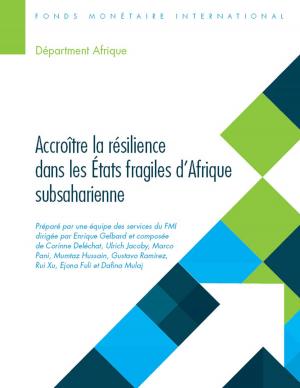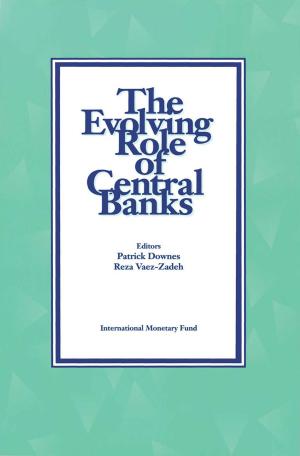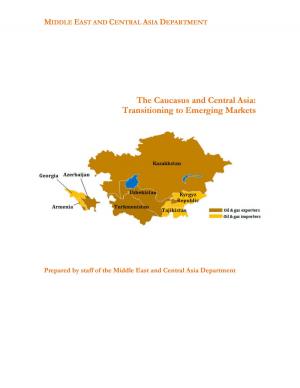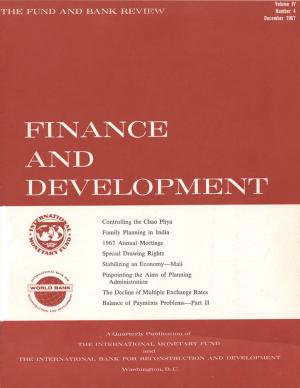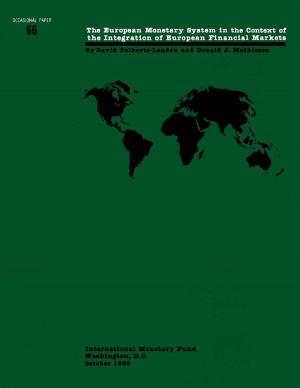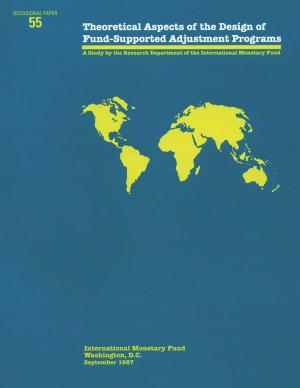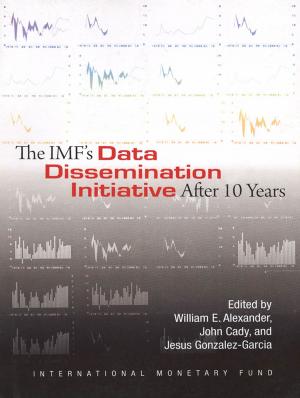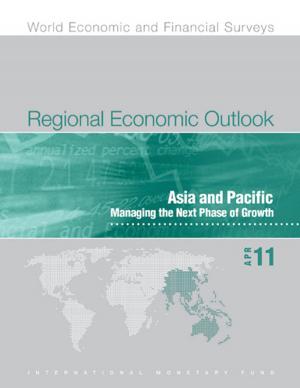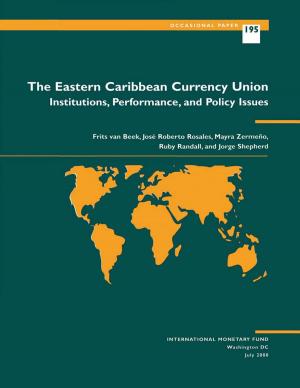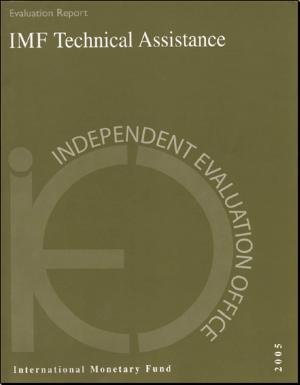Regional Economic Outlook, October 2011: Middle East and Central Asia
Business & Finance, Economics, International Economics, Macroeconomics, Nonfiction, Social & Cultural Studies, Political Science, Politics, Economic Policy| Author: | International Monetary Fund. Middle East and Central Asia Dept. | ISBN: | 9781463998653 |
| Publisher: | INTERNATIONAL MONETARY FUND | Publication: | October 26, 2011 |
| Imprint: | INTERNATIONAL MONETARY FUND | Language: | English |
| Author: | International Monetary Fund. Middle East and Central Asia Dept. |
| ISBN: | 9781463998653 |
| Publisher: | INTERNATIONAL MONETARY FUND |
| Publication: | October 26, 2011 |
| Imprint: | INTERNATIONAL MONETARY FUND |
| Language: | English |
The Arab Spring holds the promise of improved living standards and a more prosperous future for the peoples of the Middle East and North Africa region. At the same time, the region is witnessing uncertainty and economic pressures from domestic and external sources, which will likely be exacerbated by the recent worsening of the global economy. The main challenge in the short term will be to manage expectations while maintaining economic stability. To that end, better-targeted subsidies and transfers will help free up resources for investment in infrastructure, education, and health. Policies aimed at fostering inclusive growth will also help cement the longer-term benefits of the ongoing changes in the region. In the Caucasus and Central Asia, the economic outlook is broadly positive. Exports and remittances--key growth drivers in 2010--are continuing to grow solidly, helping the recovery gain firm momentum. At the same time, uncertainties over the robustness of the global recovery constitute a downside risk to the growth outlook. Key challenges facing the region over the medium term are to create jobs and foster high and inclusive growth.
The Arab Spring holds the promise of improved living standards and a more prosperous future for the peoples of the Middle East and North Africa region. At the same time, the region is witnessing uncertainty and economic pressures from domestic and external sources, which will likely be exacerbated by the recent worsening of the global economy. The main challenge in the short term will be to manage expectations while maintaining economic stability. To that end, better-targeted subsidies and transfers will help free up resources for investment in infrastructure, education, and health. Policies aimed at fostering inclusive growth will also help cement the longer-term benefits of the ongoing changes in the region. In the Caucasus and Central Asia, the economic outlook is broadly positive. Exports and remittances--key growth drivers in 2010--are continuing to grow solidly, helping the recovery gain firm momentum. At the same time, uncertainties over the robustness of the global recovery constitute a downside risk to the growth outlook. Key challenges facing the region over the medium term are to create jobs and foster high and inclusive growth.

